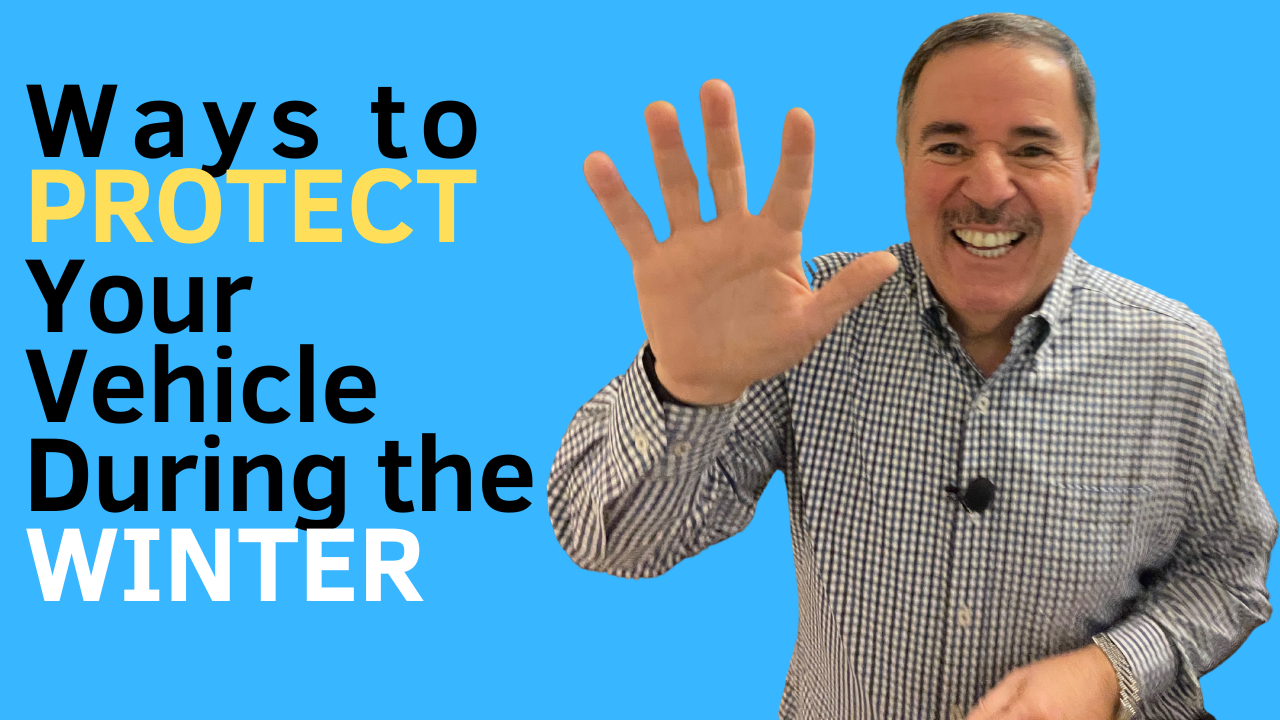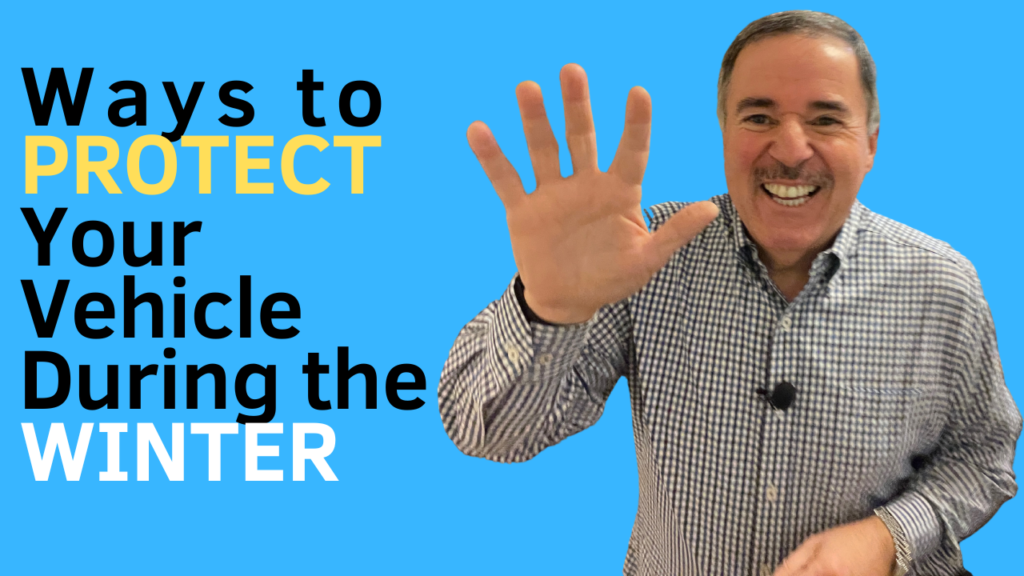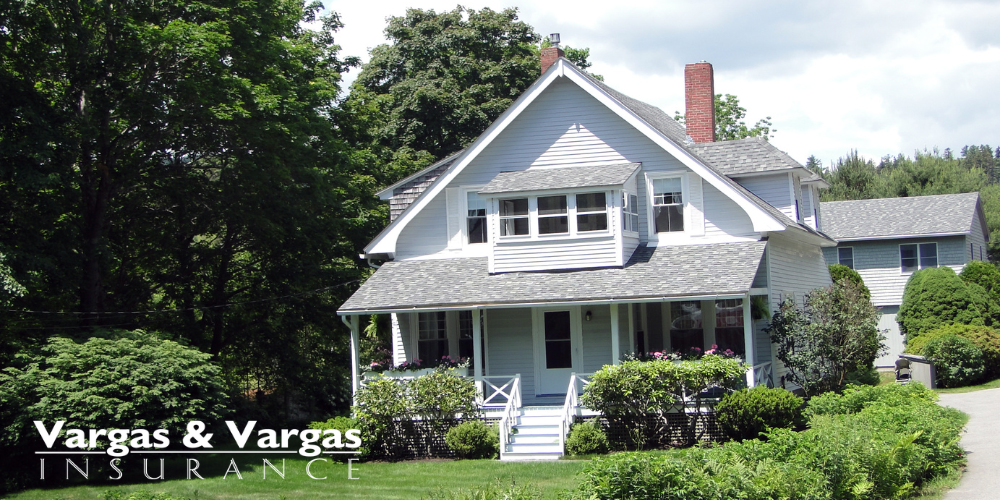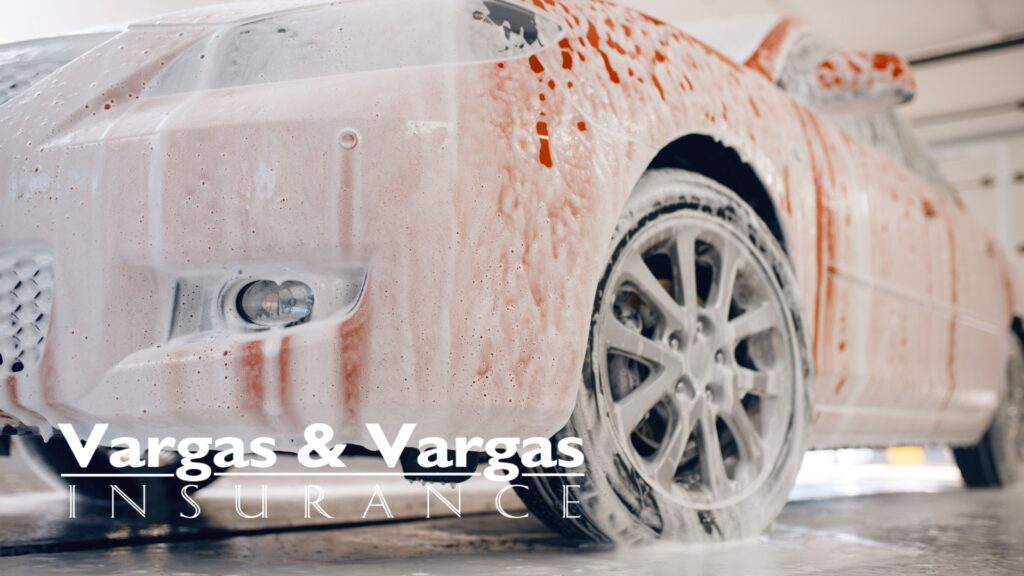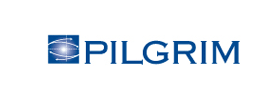What Is Umbrella Insurance Policy, Do You Need It?
A personal umbrella policy provides additional liability protection beyond the liability limits that you now carry on your home, renters, or condo insurance and auto insurance. If you are sued and exhaust your existing liability coverage, the umbrella policy will take care of the remainder up to the limit you selected.
Furthermore, it covers legal costs while defending or settling a lawsuit. In certain situations it may even provide coverage not available in your original policies.
Carrying umbrella insurance makes you less stressed about the future.
Worrying about how a lawsuit down the road could destroy you financially is stressful. Purchasing umbrella insurance is the ideal way to avoid such stress.
Umbrella insurance provides a safety net and protects your finances from the uncertainties you face in the coming years.
Umbrella insurance allows you to participate in activities you love without the risk.
Umbrella insurance is particularly recommended for those who participate in certain activities. For example, umbrella insurance coverage is recommended for consumers who use recreational vehicles or coach children’s sporting activities.
Umbrella coverage is also recommended for those who serve on an organization’s board or participate in activities such as hunting.
With umbrella insurance, you can enjoy activities like these that may leave you open to financial risk without adequate coverage.
Umbrella insurance protects your hard-earned money.
It’s typically recommended that consumers carry enough umbrella insurance to cover the full value of their net worth. That’s because umbrella insurance protects all of the hard-earned money a consumer has saved up throughout their life.
Umbrella insurance protects the funds and assets you have worked hard to accumulate throughout your life.
What does it cost?
The good news is probably not as much as you think. Costs of personal liability umbrella policies range based on various factors such as how many properties you have, how many autos you have, your driver history, and your experience as a driver.
A $1 million policy may cost between $160 and $300 per year. As you increase policy limits beyond $1 million, the premium cost increases in smaller increments. For example, a $2 million policy might only cost 1.8 times the cost of the million dollars one, a $3 million dollar policy might cost 2.55 times the million dollar policy, and a $10 million dollar policy might cost 8.9 times the million dollar policy.
Your Local Independent Insurance Broker
At Vargas & Vargas Insurance we always have time for you, you can reach our team at 617-298-0655, we can help make sure that your financial future is properly insured. Give us a call to get a quote on an umbrella insurance policy!





